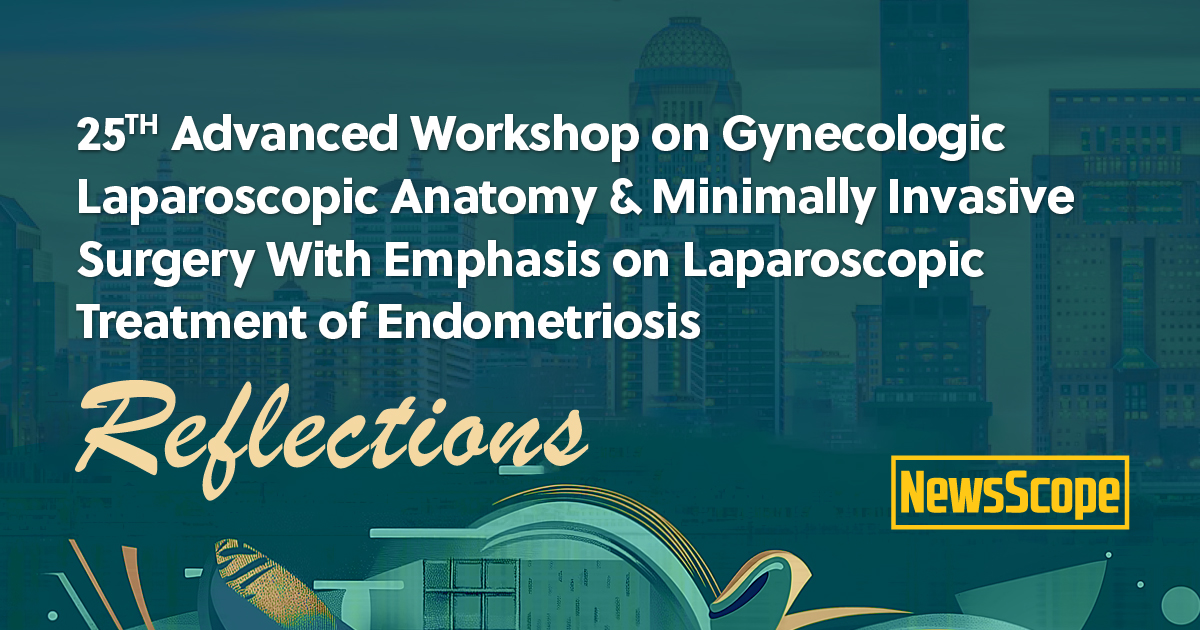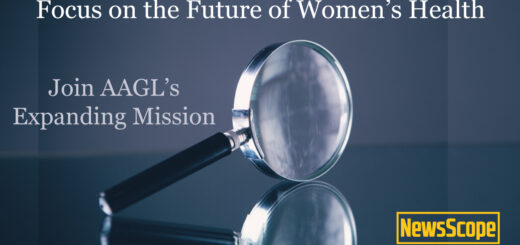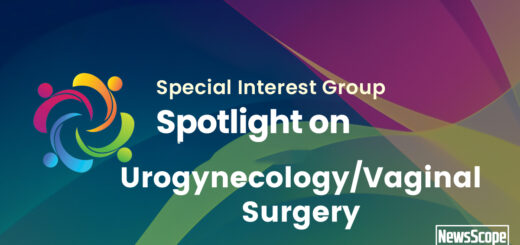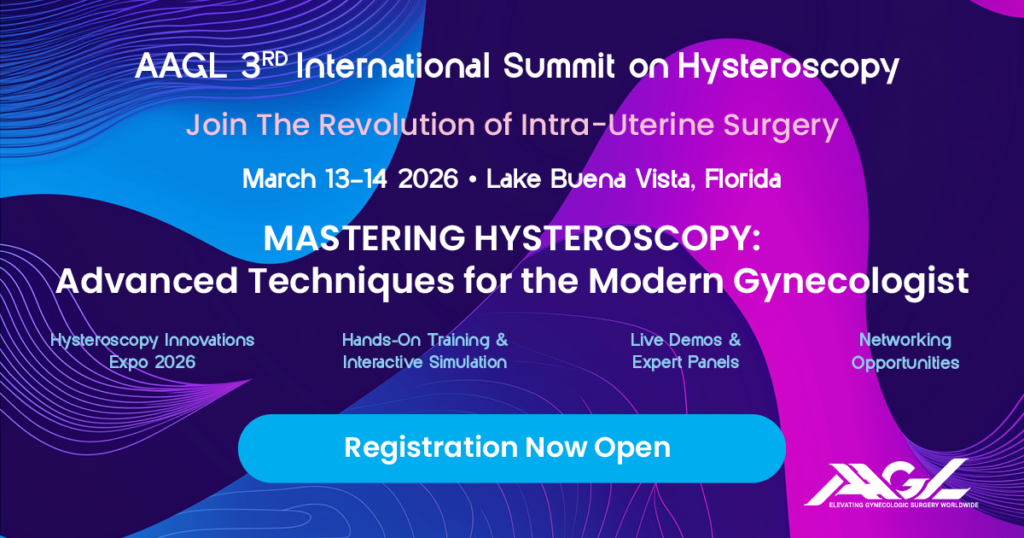25th Annual Advanced Workshop on MIGS and Laparoscopic Hysterectomy

This year marked the 25th Annual Advanced Workshop on MIGS and Laparoscopic Hysterectomy, hosted once again at the University of Louisville. The workshop proved to be one of the most dynamic and enriching courses to date with a faculty group composed of distinguished leaders in MIGS, including past AAGL presidents and prior fellows of the University of Louisville MIGS fellowship program. The course offered a powerful blend of didactic teaching, practical skills development, and collaborative mentorship.
The course opened with a robust series of lectures that laid the foundation for two days of immersive, hands-on learning. Topics included pelvic anatomy, electrocautery fundamentals, surgical approaches to obese patients, laparoscopic suturing techniques, sonographic evaluation for pelvic pain and endometriosis, and strategies for navigating the pelvic spaces. Special attention was also given to the prevention and management of laparoscopic complications—an essential discussion point for every gynecologic surgeon. Additionally, the main highlight of the first day was the focused session on laparoscopic suturing. Attendees had the opportunity to refine their suturing skills under the close guidance of expert faculty.
On the second day of the workshop, participants were divided into groups of three with an assigned faculty mentor for an intensive cadaveric dissection lab. Attendees were able to practice key surgical steps, including dissection of the retroperitoneal spaces, performance of ureterolysis, identification of critical anatomical landmarks, and performing simulated procedures such as cystotomy repair and vaginal cuff closure laparoscopically. In keeping with the course’s commitment to advanced gynecologic training, the UofL MIGS team was joined by a collaborating colorectal surgeon who co-manages complex bowel endometriosis cases. This allowed for live demonstrations of bowel techniques, including discoid and low anterior resections, offering attendees a unique multidisciplinary surgical perspective. Faculty also demonstrated peritoneal dissection over the diaphragm to simulate the approach to diaphragmatic endometriosis—highlighting the importance of recognizing and treating disease beyond the pelvis.
This year’s cadaver course was a true celebration of the evolution of MIGS training—honoring the course’s 25-year legacy while pushing the boundaries of surgical education. As always, the balance of high-yield didactics with practical application continues to make this course a highlight of AAGL’s educational calendar. We extend our sincere thanks to AAGL and all our sponsors for their continued support in making this course possible and ensuring its ongoing success.





